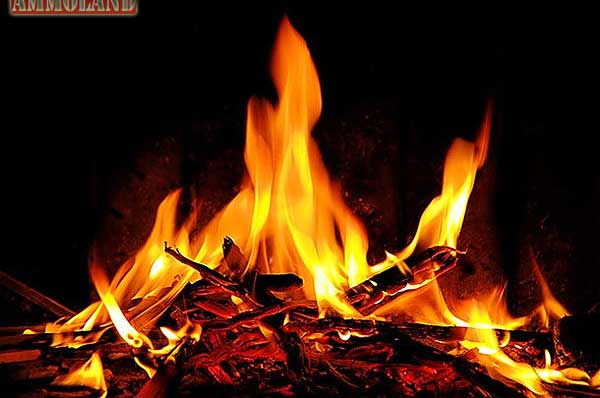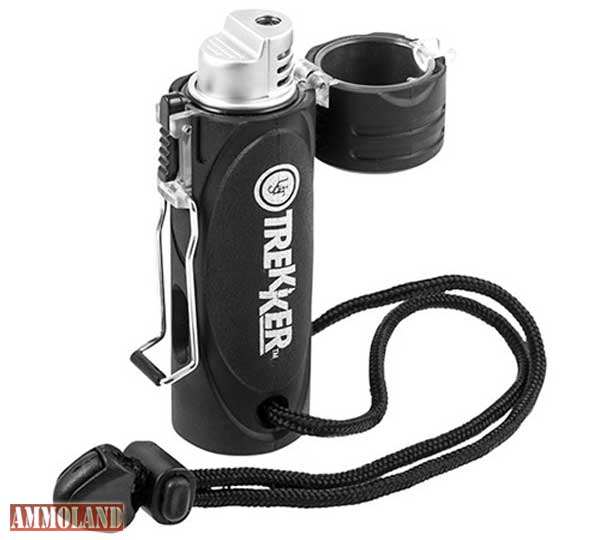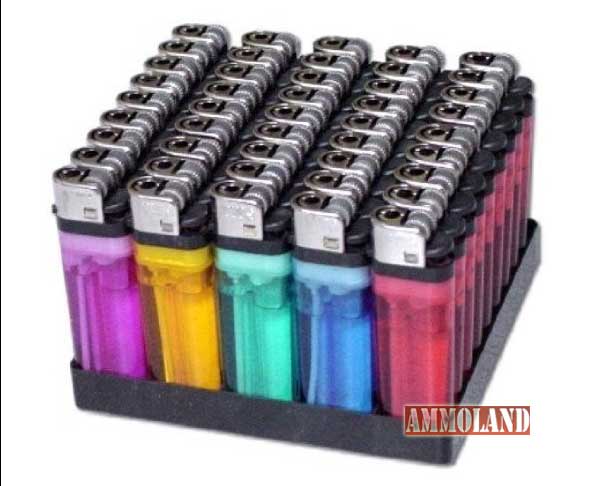Survivalist writer, Tom Conroy, gives us his picks of the best survival fire starter tools for the next SHTF event, or if you just want to go camping, either way.


Midwest USA –-(Ammoland.com)- If you’re ever lost in the woods on a cold night, or face a long stretch without any power or electricity, you’ll realize quickly why making fire is one of humanity’s oldest skills. Good fire starter tools make that job a lot easier.
Thankfully, technology has progressed to the point where everybody can now easily carry around simple, effective fire-making tools.
Sure, you can spend hours rubbing two sticks together, or trying to construct a bow drill out of vines and branches, but why?
Modern fire making is fast and easy, both important qualities in a true emergency situation, when failure to start a fire can mean death by hypothermia or the loss of your toes to frostbite.
No matter what fire-making method you choose, always remember the old “fire triangle” you learned back in middle school or maybe saw at a Smokey The Bear presentation. All fires require a heat source, fuel, and oxygen. All fire starters find some way to combine those three to produce a flame.
Also, remember there’s much more to a fire than just starting one. If you don’t have enough tinder, kindling, and large chunks of fuel to keep the blaze going, then it won’t matter how effective your fire-starting kit is. You can buy tinder, like the SOL Tinder Quik Fire Starters, or make your own out of petroleum-jelly-soaked cotton balls or cotton string soaked in paraffin. I often carry around some old dryer lint in a sandwich bag and have used it to start campfires, controlled burns, and even light my wood stove in my previous house out in the woods.
The following fire starter tools list focuses on ways to produce a flame or spark, not on the tinder. Some of these things can be purchased from the Brownells website or from other quality vendors. To be fully prepared, it’s a good idea always to carry at least two ways to make a fire in your emergency gear, backpack, and your pockets.
So here are my Top 5 Survival Fire Starter Tools.
- A Magnifying Glass
- Matches
- Flint & Steel
- Torch
- Disposable Cigarette Lighters
5) Magnifying Glass
So long as there’s sunlight, a magnifying glass is a handy way to make a fire. All you have to do is focus the sun’s rays on some tinder, and you’ve got a fire in short order. You can even make it work on mostly-cloudy days. Most magnifying glasses are fairly compact and easily fit into emergency bags like the Credit Card Fresnel Lens Pocket Magnifier Ruler Emergency Solar Fire Starter .
The best part is that a magnifying glass can help you do all sorts of other tasks, like seeing that tiny splinter in your finger so you can tweeze it out. So long as the lens doesn’t break, the same magnifying glass you use today could still be your go-to fire-starting tool 100 years from now. The worst part is that this method doesn’t work at night or on really overcast days.
It does have its limitations, and it’s best to pair this with at least one other method.
4) Matches
The classic match is hard to beat as a fire starter tool. Matches are commonly available, and you can still find the old “strike anywhere” matches if you look for them. Matches must be kept dry, with something like the waterproof Stansport Match Box . You can really up the ante with specialized “survival matches” like the Stansport Waterproof/Windproof Matches that will light and burn even when wet.
Besides sensitivity to moisture, matches have one other downside. They consume themselves with each lighting attempt. If you’ve got only four or five matches, you had best make them count.
Like all other fire starting tools, it’s best to pair matches with other methods to increase your chances.

3) Flint And Steel Strikers
Flint and steel is an ancient fire starter tools. There are all kinds of variations on this simple system. All of them involve scraping a flint or similar material across a length of steel, or vice versa. Either way, the result is a spark that can ignite tinder. You can go advanced, like the UST Blastmatch , or simple, like the Micro Spark Wheel . They both use the same basic principle.
Zippo, famous for their cigarette lighters, has come out with an Emergency Fire Starter that packages a thumbwheel flint and steel striker with some tinder in a blaze-orange, waterproof box. Flint and steel fire starters work wet or dry, and you typically get hundreds, if not thousands, of spark cycles out of them.

2) Torch Lighters
Torch lighters run on butane or similar lighter fluid and produce very hot, intense flames that can light just about anything that’s flammable. Those sold as survival lighters – like the UST Trekker Stormproof – are touted for their “windproof” feature. The flame is so hot and intense that not even 80 mph gales can snuff it out. Of course, such a wind might blow away your tinder, kindling, and smaller chunks of fuel. Torch lighters are fairly high-tech for fire starters. They are reliable and operate literally at the push of a button.
They also require fuel. And if you’re stranded in the middle of nowhere, chances are low that you’ll have a handy fuel resupply. Used sparingly to conserve fuel, torch lighters would be a fantastic fire-starting tool. It’s probably best to pair them with a more low-tech method that doesn’t rely on fuel resupply.

1) Disposable Cigarette Lighters
The humble disposable cigarette lighter has to be the greatest emergency fire-starting tool ever invented by man. They are not as hot as a torch lighter but are impervious to wet weather. They combine the simplicity of a flint-and-steel with their own little reservoir of lighter fuel. They work day or night and can be found everywhere, usually for around $1.00 or less apiece. Even when out of fuel, the striker wheel can still make a spark you can start a fire with. And for what they cost, you can easily stock a lifetime supply and carry one in every single pocket, pouch, gear bag, backpack, glove compartment, and vehicle cup holder you have – with some leftovers to tuck into your sock.
I once watched a TV show wherein the host showed the traditional, ancient “bush tucker” secrets of the Australian Aborigines. The main course was a carpet python roasted in a Kap Mauri – a “bush oven” that was a hole scraped in the sandy soil and layered with chunks of Melaleuca tree bark.
Guess how the elderly Aborigine started his fire for this very ancient, very traditional cooking method? By flicking his disposable cigarette lighter, that’s how.
If you had a time machine and could travel back a few thousand years and show the best bow-drill expert on the planet how easily you could make fire with a cheap cigarette lighter, he’d probably worship it as an artifact from the spirit world. It only makes sense to drop $20 on a 100 Pack of Disposable Lighters for what they cost and never again be more than an arm’s length away from one of these marvelous inventions.

Carry Fire All The Time
All of us carry things with us every single day. Keys, pocket knives, cellphones – and for lots of Ammoland readers – concealed carry handguns. Modern fire starter tools are so small and convenient, it only makes sense to slip a lighter, flint-and-steel unit, or a tube matches into your pocket. You never know when or where you’ll need to be able to make a fire. It could absolutely save your life or a loved one someday.
Thomas Conroy is a survivalist and firearms aficionado and writer who lives in the Midwest.

